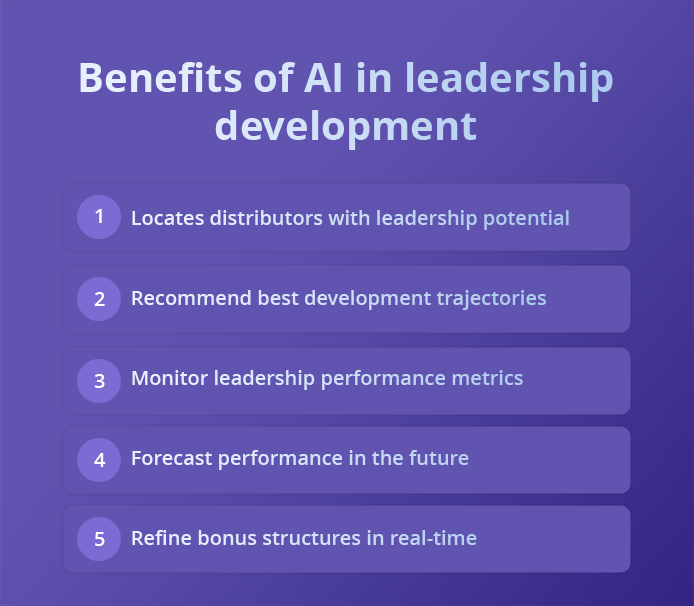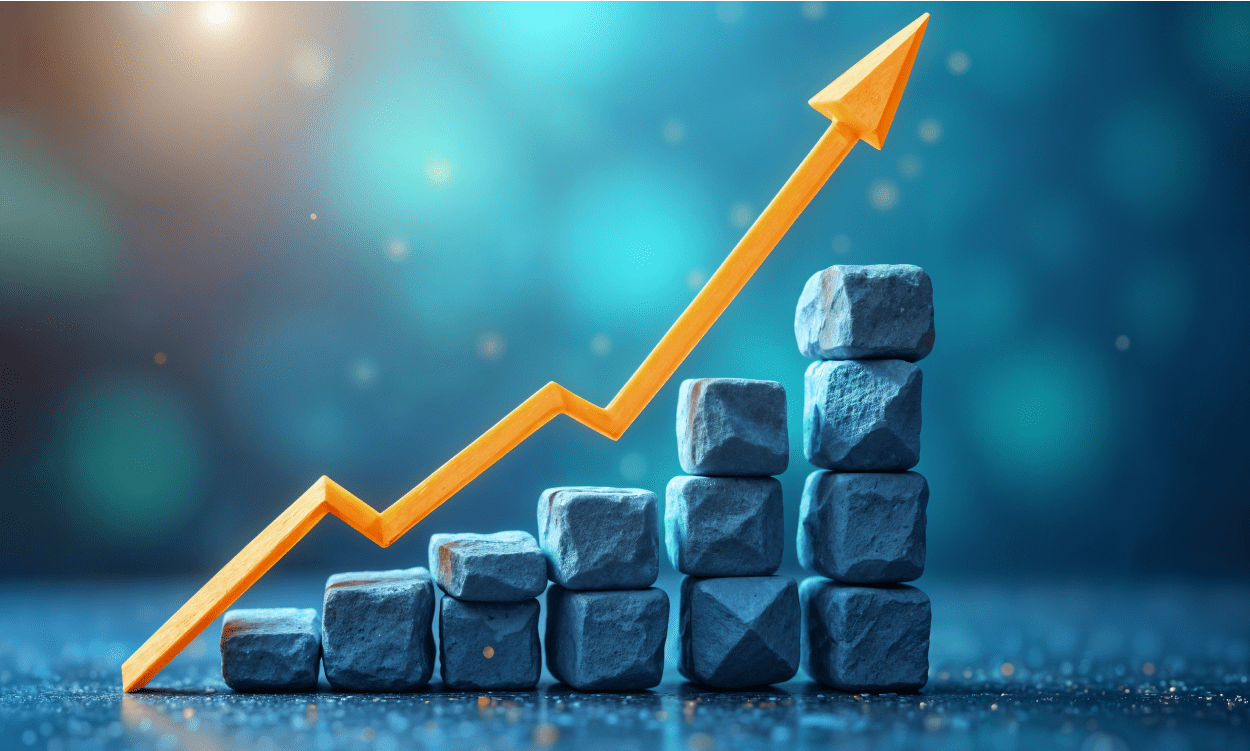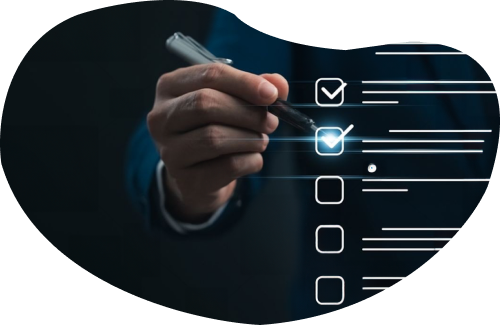The traditional methods of leadership development in network marketing have evolved remarkably. Earlier, organizations used to measure progress according to rank and volume-based targets. However, these days, many of the growing companies have adopted an “Impact-Driven Leadership Bonus” model. This operates as a transformational pathbreaker replacing the traditional leadership bonus system.
The psychology behind leadership bonuses
As per research conducted on successful network marketing organizations, the leadership development bonus systems create a sort of "intrinsic motivation multipliers". This is quite different from standard systems because they establish a reinforcement mechanism that unites individual growth with team building efforts.
This happens because distributors demonstrate a high dopamine response when their performance earns them dual rewards—monetary benefits plus recognition of effective leadership.
The next generation of leadership development bonuses
The velocity bonus component
Modern LDB structures are introducing the velocity bonus component. Here, additional incentives are given to leaders who reach rank advancements within designated time periods. The new innovation bridges a fundamental weakness in established programs since it rewards both leadership growth and fast leadership progression.
Example: The distributor who helps three team members achieve executive rank within 90 days will receive a bonus. This will be worth three times their regular leadership incentive while the quality of development remains intact.
Cross-generational impact bonuses
Businesses fail to give enough attention to the potential of developed leaders to produce other strong leaders. Experts term this as the echo effect leadership. Progressive companies with well-designed MLM compensation plans have already changed their bonus programs. The new system rewards distributors who develop leadership within four or five generation levels rather than the previous two or three levels.
Sustainable leadership metrics
Volume-based metrics like personal volume (PV) and business volume (BV) in leadership development are increasingly becoming outdated as industry leaders adopt sustainability-based performance indicators. Advanced LDB programs align their approach with three main elements: customer retention metrics in leader organizations, team member happiness ratings, and tracking the development process and system enhancement values.
The additional metrics provide a comprehensive view of leadership impact, which improves long-term success prediction in better ways.
The digital transformation of leadership development
The digital revolution has brought about fresh avenues through which individuals can develop leadership abilities and pursue bonus qualifications. Smart companies have already started integrating digital portfolios to store information about their development activities, along with tracking their team members' progress. Leadership portfolios now contain recorded training videos, team member tracking, as well as plans for development and assessment metrics.
The information stored in these documents proves bonus eligibility and simultaneously generates organizational training resources. Moreover, artificial intelligence also helps enhance leadership development.

Contextual leadership development
Encouragingly, contemporary organizations are adopting new approaches to mentorship, which experts call “Contextual Leadership Development”. This approach understands that members of the team need leadership in a way that is unique in regard to the process of change.
Four contexts of modern leadership development

Foundation building (0-6 months)
This phase centers around teaching basic abilities and adopting suitable attitudes. The bonus qualification depends on team members finishing all core training components.
Growth acceleration (6-12 months)
This part concentrates on constructing systems alongside developing teams. To qualify for bonus payments team members must fulfill predefined targets regarding team expansion.
Leadership multiplication (12-24 months)
This phase mainly focuses on developing other leaders. Bonus qualification includes the review for the number of leaders who reach designated ranks during the period.
Legacy creation (24+ months)
This mainly emphasizes system innovation and organizational culture. The process of qualifying for bonus compensation requires tracking team member retention rates along with long-term growth indicators.
Trends and predictions for the future
Multiple leadership trends from the current industry direct us to anticipate the following developments in leadership development bonus structures:
1. Integration of social impact metrics
Leadership bonuses will incorporate evaluation of corporate social responsibility and community engagement as standard bonus requirements for companies.
2. Personalized bonus pathways
MLM AI systems will build tailored leadership paths and bonus structure frameworks that relate to individual distributor abilities combined with their team characteristics.
3. Real-time performance adjustments
Incentive qualification frameworks will respond immediately to market trends together with organizational requirements.
4. Global leadership integration
International market development establishes itself as a critical leadership bonus qualification, which supports organizations to develop worldwide teams.
Discover how we build resilient businesses with advanced MLM functionalities
Strategies for practical implementation
An organization that wants to update its leadership development bonus structure must consider the following aspects.
1. Audit current impact
Organizations should evaluate the performance levels of their current bonus systems.
Current leadership development weaknesses and necessary improvement zones need identification.
Organizations should use team satisfaction surveys to measure employee engagement.
Should monitor long-term retention metrics to evaluate their achievement.
2. Design future-forward systems
The implementation of digital tracking systems to enhance transparency and efficiency.
Implement artificial intelligence development pathways to provide customized growth opportunities for their people.
Build straightforward standards for documentation procedures to maintain consistent results.
The operations need to be flexible enough to respond to changes in the market environment.
3. Focus on the sustainability factor
Organizations should connect immediate reward programs to sustainable corporate goals.
Should establish personal development as its primary measure for success.
The business model needs to track social and environmental aspects of its operation.
Should create systems capable of growing and being easily duplicated to achieve enduring success.
The role of community in leadership development
Modern leadership development bonus programs prioritize the value of building strong communities in their programs.
Effective businesses are adopting:
Community impact measures
Local marketplace development
Team culture evaluations
Cross-line coordination
Industry contribution measures
These elements form an expanded assessment, which defines new requirements for bonus qualifications.
Key takeaways
Sustainable network marketing success now depends on effective leadership development bonus systems. Multi-level marketing organizations can create stronger teams with resilient networks through these multidimensional development systems, which also provides deserved rewards for leadership effectiveness.
Leadership development bonus programs with the most success in the future will deliver value to both individual leaders and the entire community of direct selling entrepreneurs.









Leave your comment
Fill up and remark your valuable comment.